Food tours
Cheese tour
Stops: 4
Length: 141 km
Solbråsetra – Heidal Ysteri: 50 km
Heidal Ysteri – Brimi Sæter: 34 km
Brimi Sæter – Avdemsbue: 57 km
Local cheese produced in Gudbrandsdalen
One of the oldest varieties is the ‘pultost’ – a strong, mature sour-milk cheese. Together with products such as butter and ‘gubbost’ (sweet brown cheese), ‘pultost’ dates back to the early mountain dairy farming in Gudbrandsdalen.
Today, old cheese-making traditions live on through several local cheese producers in Gudbrandsdalen. Two of these, Avdem and Brimi Sæter, are the proud winners of several Cheese World Championships awards. Heidal Ysteri uses traditional 1920s methods to produce its Heidalsprim (whey cheese) and Heidalsost (brown cheese) – both of which have a sweet and rich flavour.
Avdem, Brimi Sæter, and Heidal Ysteri are keeping alive old cheese-making traditions that may otherwise have been lost forever!
Gudbrandsdalsost
Gudbrandsdalsost is the most famous of the brown cheeses, and is a common feature on all Norwegian breakfast tables. This traditional product is a favourite sandwich topping and the pride of the nation. It is also almost unique to Norway. ‘Brunost’ (brown cheese) is a term used for brown cheese made from whey and added cow’s or goat’s milk.
Gudbrandsdalsost originates from Solbråsetra at Gålå. In the summer of 1863, a young dairymaid, Anne Hov, did something that was considered a total waste – she added cream to the whey! With this, Gudbrandsdalsost was born. At Solbråsetra the mountain-farm traditions are still upheld, and in summer you can still meet the dairy maid and taste freshly-made Gudbrandsdalsost.
Did you know that the village of Ringebu is home to the world’s largest cheese slicer, and that the cheese slicer was invented by Thor Bjørklund from Lillehammer in 1925? The original Bjørklund cheese slicer is still in production.
